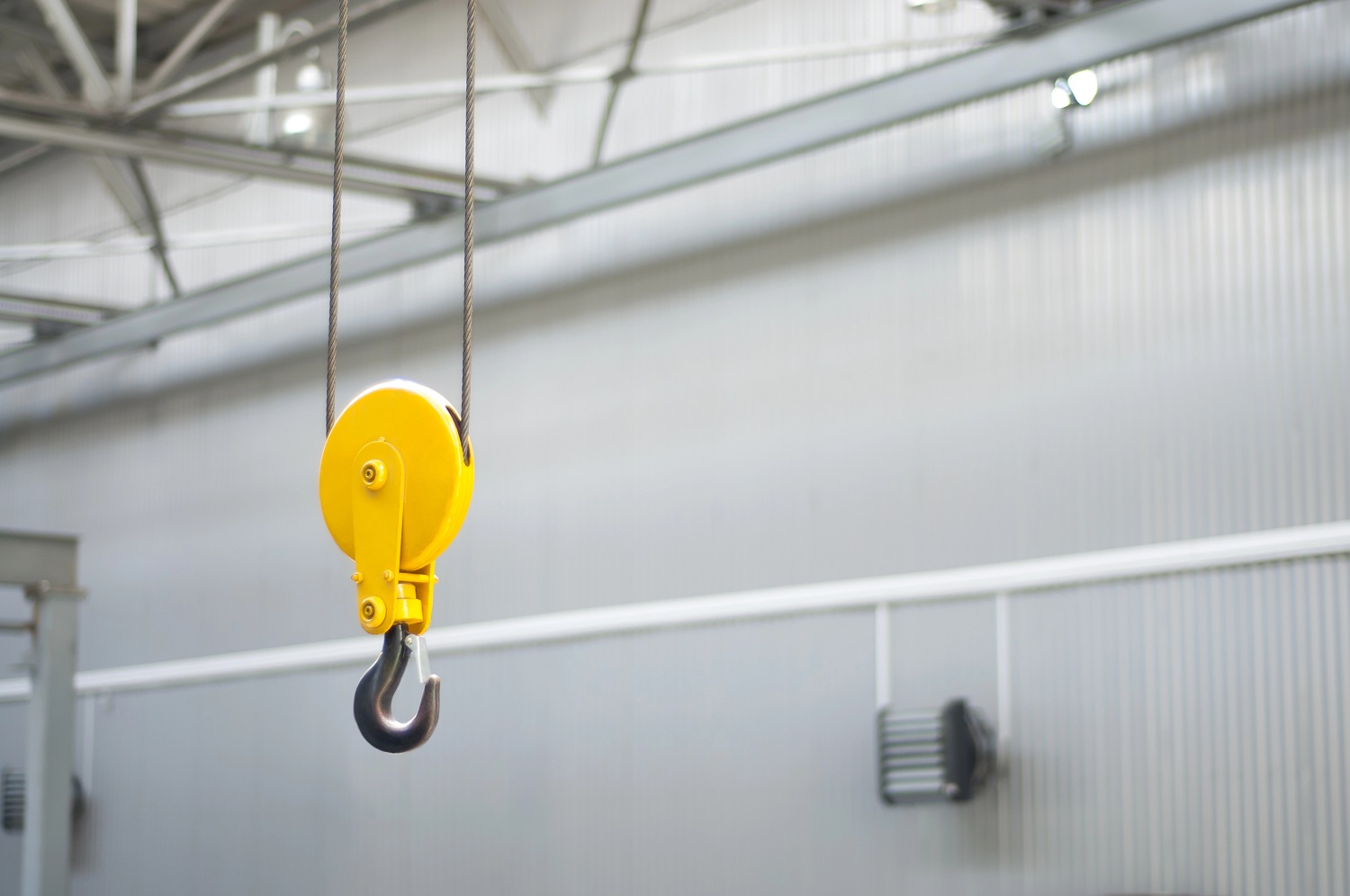Rigging Slinging Techniques: Secure Load Management
In construction, manufacturing, and the shipping industry, rigging is essential for safely and efficiently handling heavy loads. With an extensive understanding of rigging and slinging techniques, alongside secure load management practices, your company can minimize risk to employees as well as enhance overall productivity. Below, we’ll dive into the fundamental techniques, safety tips, and best practices to maintain control during lifting operations.
Understanding Sling Types and Rigging Components
Rigging relies on several key components, each with unique strengths and applications:
- Slings: Used to attach the load to a lifting device, slings can be made of wire rope, synthetic materials, or chains. Each type has specific capacities and applications based on load weight, size, and environmental conditions.
- Shackles: U-shaped connectors that join slings to load points, allowing for secure attachments in various configurations.
- Eye Bolts and Hooks: These fasteners help attach slings directly to the load or other rigging components. Choosing appropriate hook and eye bolt sizes and types is crucial to safely secure heavy loads.
Familiarity with these components is vital for any rigging professional, as it enables informed decisions about which equipment to use and how to assemble it for maximum safety and efficiency.
Choosing the Correct Slinging Technique
Different slinging techniques offer various advantages based on the type and size of the load:
- Vertical Hitch: This simple technique involves attaching the sling directly to the load for a vertical lift. While quick and straightforward, it requires the load to be stable on its own, as there is no lateral control.
- Choker Hitch: In a choker hitch, the sling is wrapped around the load and looped back through itself. This configuration offers more load control but decreases the sling’s lifting capacity due to increased tension.
- Basket Hitch: This technique distributes the load across two points by passing the sling under the load. It provides excellent load stability, making it ideal for longer, more awkward loads. However, it should not be used on loads that can shift or slip.
Each technique has a specific load rating and angle limitation. Familiarity with each method’s capacities helps riggers select the safest and most efficient method for the load at hand.
Essential Load Control Tips
Maintaining control of the load throughout a lift is critical to avoid accidents. Here are the key considerations for keeping a load stable:
- Calculate the Center of Gravity: Knowing the load’s center of gravity lets you determine optimal lift points, ensuring the load is balanced during lifting.
- Use Proper Sling Angles: When slings are not positioned vertically, the lifting angle increases the tension on the sling. Angles under 45 degrees create significant tension and should be avoided when possible.
- Utilize Taglines: Taglines—ropes attached to the load—help guide and stabilize it, preventing spinning or swaying.
- Communication and Signals: Clear hand signals, radio communication, and visual cues among rigging team members promote coordinated movements and reduce misunderstandings during complex lifts.
These techniques prevent unpredictable load movement and maintain control during lifting, enhancing safety and efficiency.
Inspecting Rigging Equipment
Before starting any lift, inspect all rigging equipment for damage or wear. Here’s a quick checklist:
- Check Slings: Inspect for fraying, corrosion, or broken strands, especially on wire and synthetic slings.
- Examine Hooks and Shackles: Look for cracks, deformities, or excessive wear. Remove any equipment showing signs of damage from service.
- Test Rigging Hardware: Ensure that eye bolts, shackles, and hooks are rated for the intended load and are not worn beyond safe limits.
- Evaluate Load Ratings: Confirm that all components, including slings, shackles, and hooks, are rated above the load weight.
Routine inspections are essential for identifying compromised equipment and preventing potential accidents. Even minor defects can lead to catastrophic failures when working with heavy loads.
Best Practices for Safe Rigging
Ensuring safety during rigging operations is paramount. Follow these best practices for optimal security:
- Never Exceed Load Limits: Always check the rated capacities of slings and rigging hardware. Exceeding these limits can result in equipment failure.
- Account for Environmental Factors: Wind, temperature, and site conditions affect lifting operations. High winds or extreme temperatures may require adjustments in lifting techniques or postponing the lift.
- Maintain a Safe Working Radius: Establish a clear area around the lift, free from personnel and obstructions, to minimize injury risk in case of load swings or drops.
- Provide Rigging Training: It is essential to ensure that all team members are trained in safe rigging practices. Continuous education, certifications, and regulatory compliance enhance workplace safety.
By implementing these practices, rigging professionals can reduce risks and create a safer, more efficient lifting environment.
Mastering Load Security
When lifting heavy, awkward, or oversized loads, additional measures may be necessary to secure the load:
- Dual Sling Configurations: Using two slings in a double basket or double choker hitch offers added stability, especially for long or irregularly shaped loads.
- Spreader Bars: Spreader bars distribute the load across multiple lift points, minimizing stress on any single point and reducing the risk of tipping.
- Anti-Sway Devices: Some modern lifting equipment includes built-in anti-sway devices, which are useful for lifting in windy conditions or on unstable surfaces.
These techniques enhance load security, especially for irregular loads, contributing to greater lifting precision and stability.
______________________________
Rigging and slinging require a thorough understanding of equipment, techniques, and safety protocols. Selecting the appropriate sling configuration, maintaining control, and adhering to best practices allow rigging professionals to lift heavy loads safely and efficiently. A commitment to continual learning and inspection of rigging equipment ensures that lifts are completed without incidents, safeguarding personnel and property. By mastering secure load management techniques, rigging teams can achieve high safety and operational success, contributing to the overall efficiency and reliability of lifting operations in any industry.

